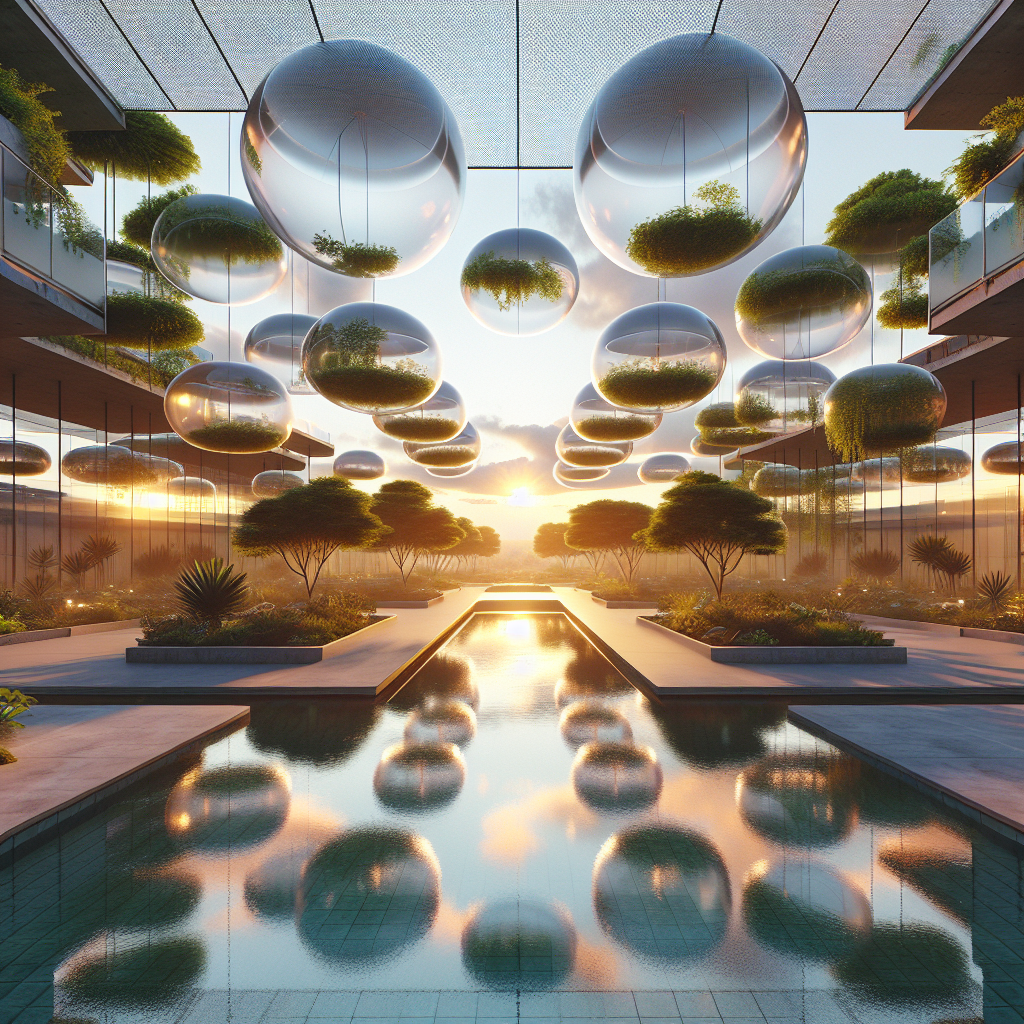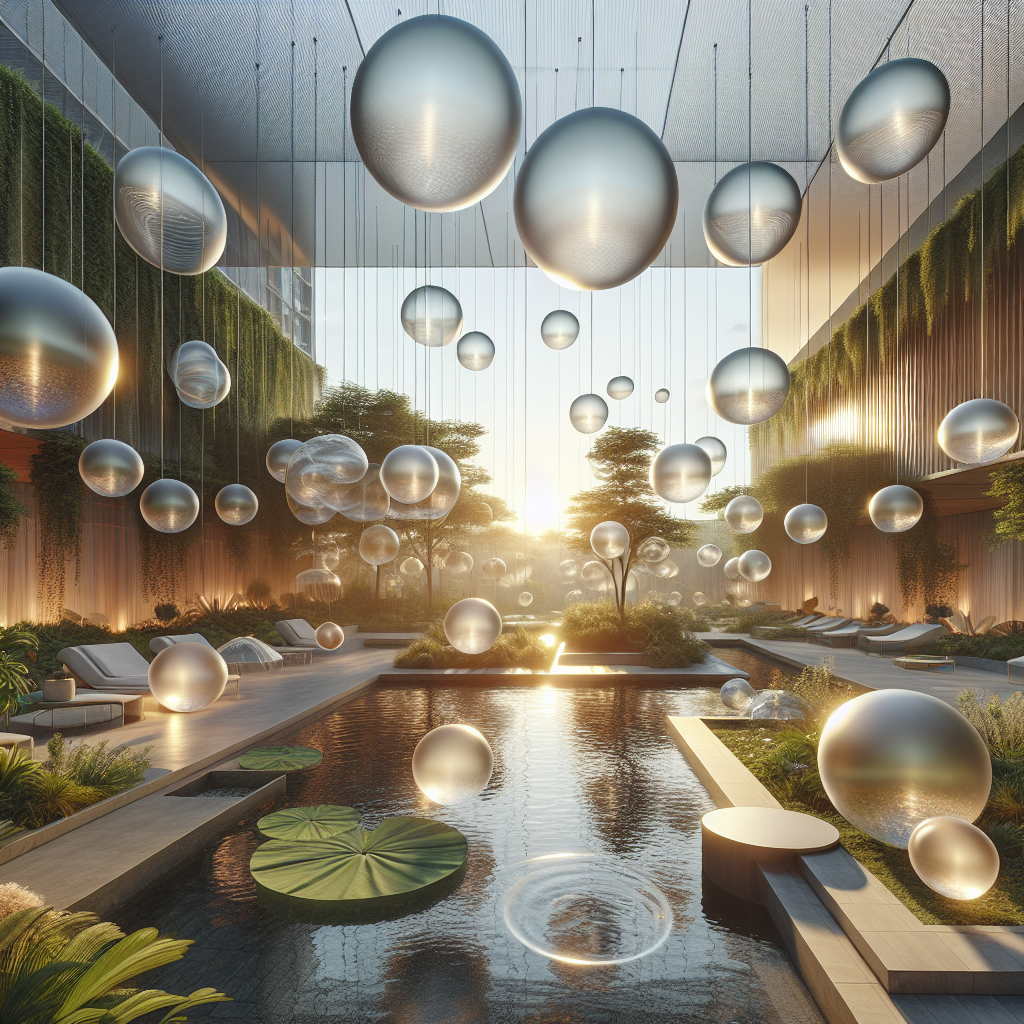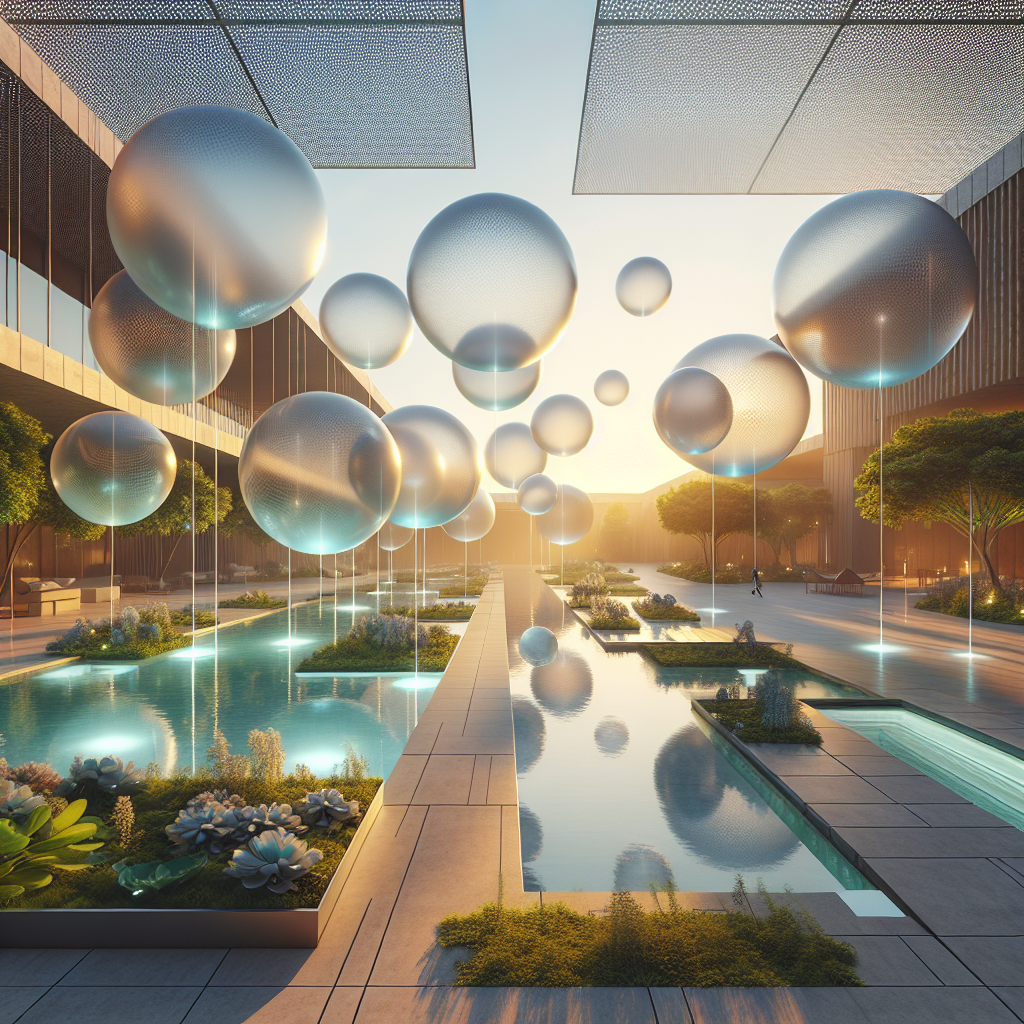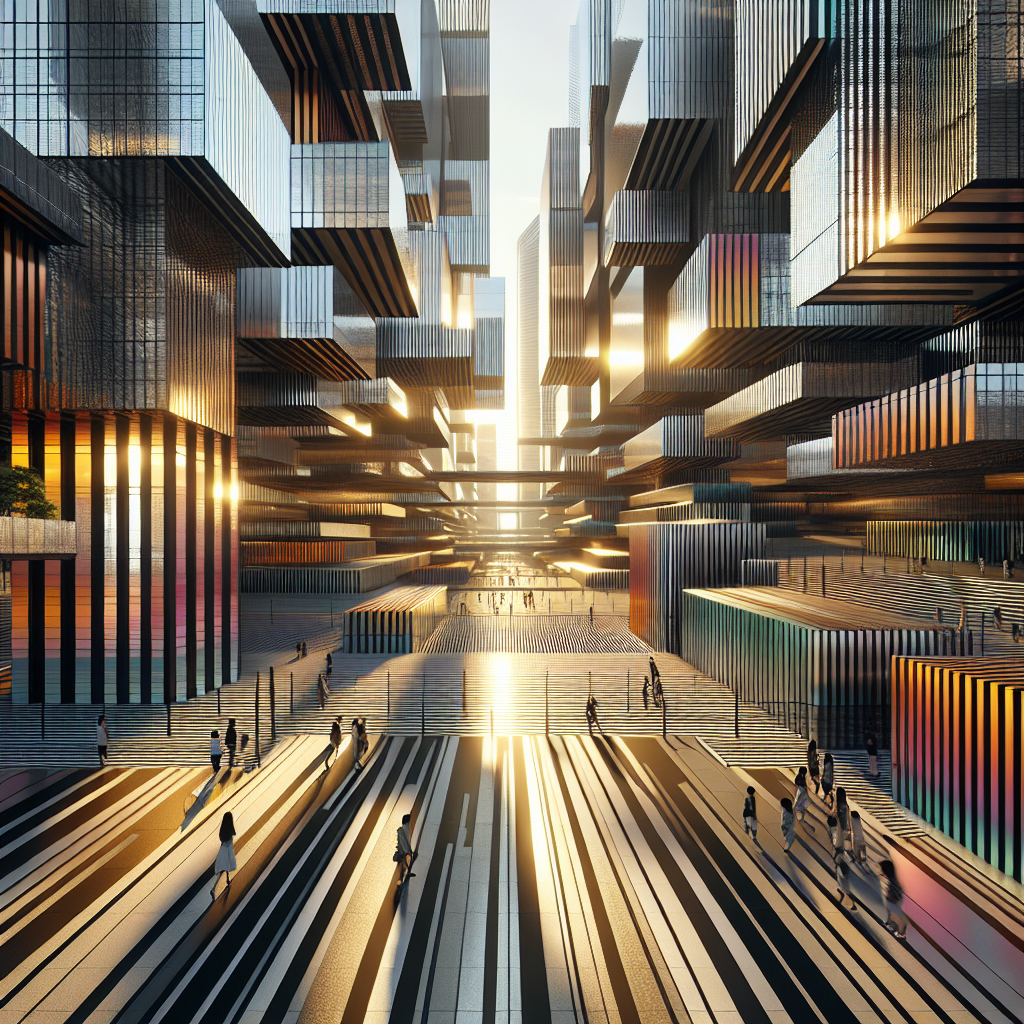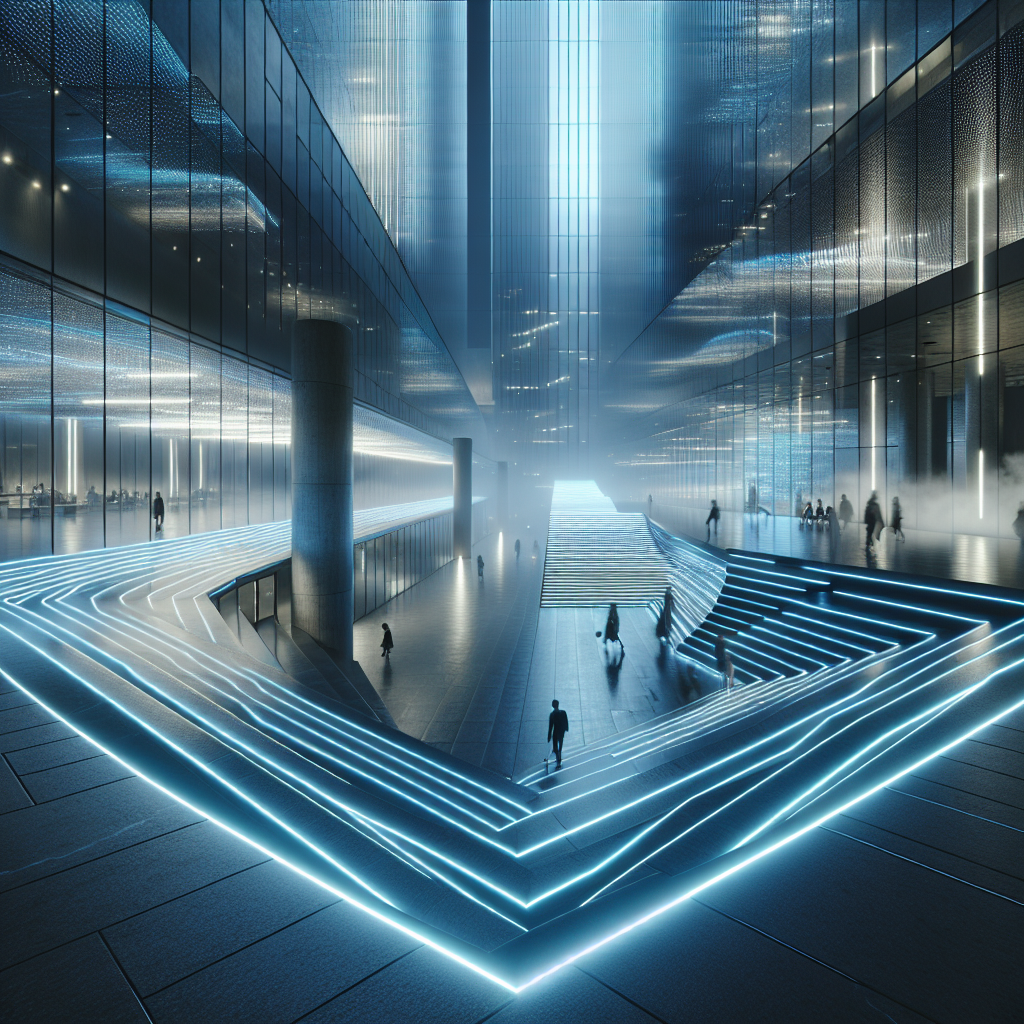Helium shade orbs: floating canopies drifting above gardens
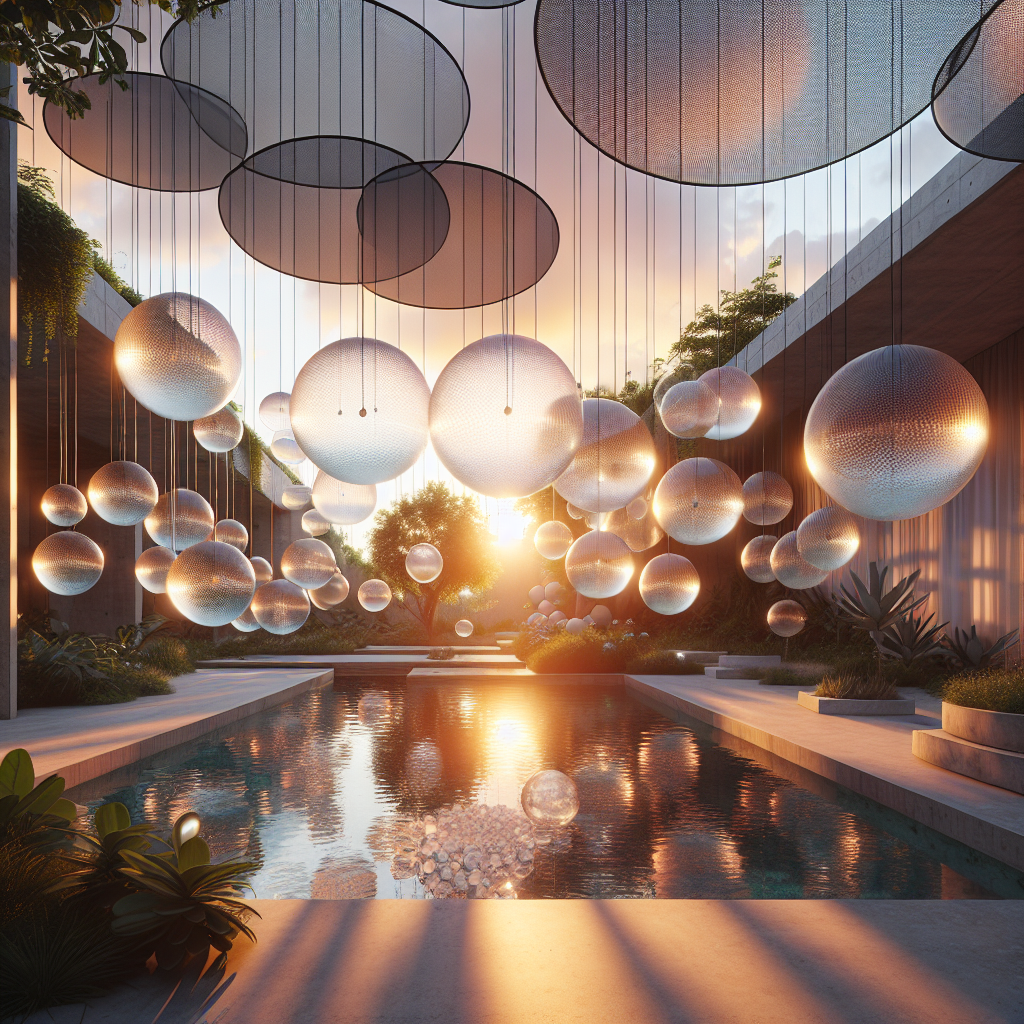
Helium Shade Orbs: Floating Canopies Drifting Above Gardens
In the evolving dialogue between architecture, landscape design, and environmental innovation, few recent inventions have captured the imagination quite like helium shade orbs—buoyant, semi-transparent spheres that hover gently above gardens, terraces, and courtyards. These ethereal canopies are more than a poetic gesture; they represent a sophisticated synthesis of material science, climate-responsive design, and aesthetic minimalism. As they drift silently in the air, tethered by nearly invisible lines, they transform outdoor spaces into living, breathing environments that blur the boundary between art installation and architectural utility.
The Rise of Floating Architecture
The concept of floating architecture has long fascinated designers seeking to redefine spatial experience. From buoyant pavilions to kinetic facades that respond to environmental stimuli, the architectural field has been steadily moving toward designs that adapt, shift, and even levitate. Helium shade orbs take this ambition skyward—literally—introducing a new typology of aerial shading systems that combine the grace of a balloon with the precision of engineered climate control.
These orbs, typically ranging from one to three meters in diameter, are crafted from ultra-light, UV-resistant membranes filled with helium. Their surfaces are coated with reflective or photochromic films that adjust opacity in response to sunlight, offering a dynamic form of shading that moves with the day’s rhythm. The result is a floating canopy that dances with the wind, casting dappled shadows that shift across the landscape like living art.
Material Innovation and Sustainability
At the heart of the helium orb’s design lies a commitment to sustainable innovation. Many prototypes employ biodegradable polymer composites or recycled PET films, aligning with the growing movement toward biodegradable architecture. The membranes are designed to resist puncture and UV degradation while maintaining minimal weight—qualities derived from aerospace materials research. In some models, the orbs are even integrated with thin-film photovoltaic cells, allowing them to generate energy while providing shade.
This approach resonates with the broader shift toward circular design principles in architecture. The orbs can be easily deflated, repaired, or recycled, ensuring longevity without environmental compromise. Their helium content—though finite—is increasingly being replaced by non-toxic, lighter-than-air alternatives, reflecting the industry’s drive toward ecological responsibility.
Design Aesthetics: Between Cloud and Sculpture
Visually, helium shade orbs evoke a sense of serene surrealism. Suspended in clusters, they resemble a constellation of translucent moons or drifting seeds, each one subtly refracting light through its curved surface. Designers often arrange them in modular constellations, allowing flexibility in density and height to suit the microclimate of each garden.
In private villas, they hover above infinity pools, their mirrored undersides reflecting rippling water. In public parks, they form shaded corridors that invite passersby to wander beneath their soft glow. Some landscape architects have even begun integrating them into biophilic design strategies, using their organic movement to mimic natural canopy dynamics. The result is an experience that feels both futuristic and profoundly human—an architecture of lightness that engages the senses as much as the intellect.
Technological Integration and Smart Control
Beyond their visual poetry, helium shade orbs are highly functional. Many contemporary models incorporate IoT-enabled sensors that monitor temperature, humidity, and solar intensity. These sensors communicate with automated tethering systems that adjust the orbs’ altitude and position throughout the day, optimizing shade coverage and airflow. The technology draws inspiration from responsive architecture principles, similar to those explored in adaptive building systems.
Some experimental installations even use drone-assisted repositioning, allowing the orbs to “flock” autonomously across large landscapes. The integration of AI-driven control systems transforms these canopies into intelligent environmental moderators—responsive, energy-efficient, and aesthetically captivating. In urban contexts, they could provide temporary shading for plazas or outdoor markets, functioning as both art and infrastructure.
Case Studies: From Concept to Application
One of the earliest public installations of helium shade orbs appeared at the 2024 Venice Architecture Biennale, where a team of Japanese designers created a “sky garden” composed of 200 orbs tethered above a reflective water surface. The installation demonstrated how floating shade could modulate microclimates, reducing ground temperatures by up to 4°C during peak sunlight hours—a performance verified by environmental sensors.
In Los Angeles, landscape architect Elena Ruiz collaborated with a local tech startup to develop helium canopies for a rooftop urban farm. The orbs provided adjustable shading for crops while serving as a striking visual identity for the project. Ruiz described them as “functional clouds—responsive, poetic, and alive.”
Meanwhile, in Copenhagen, a public art initiative used helium shade orbs embedded with LED filaments to create nighttime illumination that mimicked the northern lights. The installation blurred the line between environmental technology and urban spectacle, a theme increasingly prevalent in contemporary design culture.
Helium Shade Orbs and the Future of Outdoor Living
The rise of helium shade orbs reflects a broader transformation in how designers conceive outdoor environments. As cities grow denser and climates more unpredictable, architects are reimagining shade not as a static structure but as a fluid, adaptive system. The floating canopy offers a model for lightweight, low-impact interventions that can enhance comfort without heavy construction or permanent alteration of the landscape.
In residential design, this translates into new forms of ephemeral luxury—spaces that feel alive, changing with the weather and time of day. For hospitality and event design, helium orbs offer unparalleled flexibility: they can be deployed temporarily for open-air exhibitions, weddings, or seasonal installations, then deflated and stored with minimal footprint.
Moreover, their presence encourages a reconnection with the sky—a vertical dimension often neglected in traditional garden design. The orbs’ slow drift and subtle luminosity invite contemplation, transforming outdoor spaces into meditative sanctuaries. In this sense, they align with the emerging trend of minimalist landscaping, where restraint and atmosphere take precedence over ornamentation.
Challenges and Future Directions
Despite their promise, helium shade orbs face technical and logistical challenges. Helium scarcity remains a concern, prompting research into hydrogen-safe alternatives and advanced aerogels. Wind stability is another factor—designers must balance buoyancy with controlled tethering to prevent excessive movement in gusty conditions. Advances in computational fluid dynamics and material elasticity are helping to refine these systems, ensuring safety and durability even in unpredictable weather.
Looking ahead, researchers envision integrating bio-based membranes capable of photosynthesis or air purification, transforming the orbs into active environmental agents. Others are exploring luminescent coatings that absorb solar energy by day and emit a soft glow by night, extending their utility into nocturnal settings. These developments position helium shade orbs at the intersection of art, ecology, and technology—a perfect embodiment of the 21st-century design ethos.
A New Aesthetic of Lightness
In a world increasingly preoccupied with density, permanence, and materiality, the helium shade orb offers a counterpoint: an architecture of impermanence, of weightless grace. It challenges the ground-bound assumptions of design, proposing instead a levitating landscape—a choreography of air, light, and shadow. Whether drifting above a minimalist courtyard or hovering over a public square, these floating canopies invite us to look upward, to imagine architecture not as enclosure but as atmosphere.
As the boundaries between built form and natural environment continue to dissolve, the helium shade orb stands as a symbol of this new sensibility—one that celebrates transience, sustainability, and wonder. It is a quiet revolution in the sky, reminding us that the future of design may not always be built on the ground.
Keywords: helium shade orbs, floating canopies, sustainable design, responsive architecture, landscape innovation, biophilic design, lightweight structures, architectural trends 2025.
External references: For further reading on helium and its applications in design, explore its
